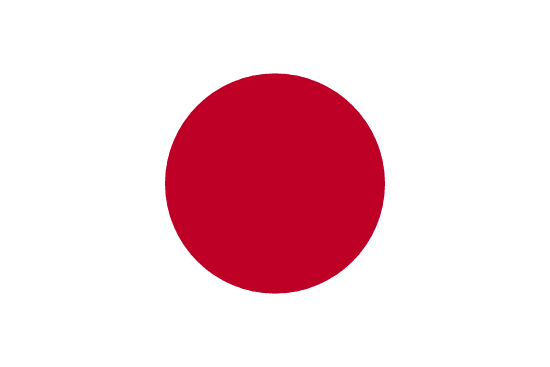In the heart of Fukuoka, where tradition meets innovation, there lies Munakata.
About:
Munakata, a city in Fukuoka Prefecture, Japan, was officially founded in 1971, though its history traces back to ancient times. It's known for the Munakata Taisha, a collection of Shinto shrines, which are UNESCO World Heritage Sites. The region has been a significant religious and cultural hub, with archaeological sites indicating human activity from the Jomon period. Its modern development includes advancements in education, with the establishment of the Munakata City University in 2002.
When to visit:
Munakata, located in Fukuoka Prefecture, Japan, experiences a temperate climate with distinct seasons. The best time to visit Munakata on a holiday is during the spring months of April and May, when the cherry blossoms are in full bloom, creating a picturesque backdrop for exploration. Summer can be hot and humid, but it is a popular time for beachgoers to enjoy the coastal areas. Autumn, particularly in October, offers mild temperatures and stunning foliage, making it another favorable time to visit Munakata. Winter tends to be cold, but visitors can still appreciate the cultural and historical attractions of the region.
When to avoid:
Munakata, a small city located in Fukuoka Prefecture, Japan, experiences its peak tourist season during the summer months of June to August. During this time, the city is bustling with visitors flocking to its renowned Munakata Taisha shrines and beautiful coastal landscapes. However, the worst time to travel to Munakata on a holiday would be during the Golden Week in late April and early May. This period sees a surge in domestic tourists, leading to crowded attractions, higher accommodation prices, and potential difficulty in securing reservations. Travelers seeking a more peaceful and budget-friendly experience may want to avoid visiting Munakata during this time.
"Winter Season (Dec-Feb)"
In Munakata, Japan, the coldest period is January with an average low of 2°C. Rainfall is highest in June, with about 12 rainy days and an average of 225mm precipitation. During this time, sunlight is limited, with around 4 hours per day. Cloud cover is extensive, often leading to overcast or mostly cloudy conditions. An average day for a visitor in this period involves chilly temperatures and frequent rainfall. Dressing warmly and carrying an umbrella is advisable. Despite the weather, it's a great time for indoor activities and exploring local cuisine.
Summer (June-August)
In Munakata, Japan, the warmest part of the year falls between June and August, known as the summer season. Typical temperatures during this time range from around 25°C to 30°C. Rainfall is relatively high due to the East Asian monsoon season, with June being the wettest month averaging about 200mm.
Sunlight during this period is moderately high, with the city experiencing around 5-6 hours of sunshine per day. However, it's worth noting that the summer season also coincides with the rainy season, which may result in some overcast days.
Humidity levels are quite high, often exceeding 70%, which can make the heat feel more intense. Cloudiness is also higher due to the monsoon influence, which can lead to a mix of sunny and overcast days.
A typical day for a visitor during this time would feel warm to hot, with a good chance of rainfall, especially in the afternoon or evening. The high humidity can make the air feel heavy and muggy. Despite the rain and clouds, there are also plenty of sunny intervals, making it a great time for indoor activities or sightseeing in the cooler mornings and evenings.
Language:
In Munakata, a city in Fukuoka Prefecture, Japan, the most commonly spoken language is Japanese. This is the national language of Japan and is used in all aspects of daily life, including education, business, and media. Some residents may also speak English, especially those involved in tourism or international business, but Japanese is the primary language.




